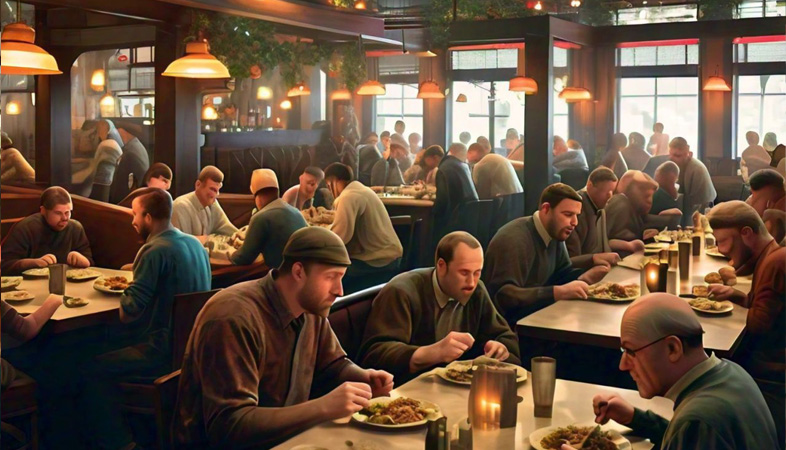SHARE
Commercials
More Posts
May 03, 2025
Hotel Security Measures: Ensuring Guest Safety
Mar 19, 2025
Avo Orange Salad - By Chef Pradnyavant Madhale
Apr 23, 2025
Hotel Room Service: Innovations in In-Room Dining
Jan 22, 2025
Stuffed Pumpkin Blossoms - By Chef Subodh Upadhyay
May 03, 2025
Hotel Security Measures: Ensuring Guest Safety
Mar 19, 2025
Avo Orange Salad - By Chef Pradnyavant Madhale
Apr 23, 2025
Hotel Room Service: Innovations in In-Room Dining
Jan 22, 2025
Stuffed Pumpkin Blossoms - By Chef Subodh Upadhyay
May 03, 2025
.png)




























